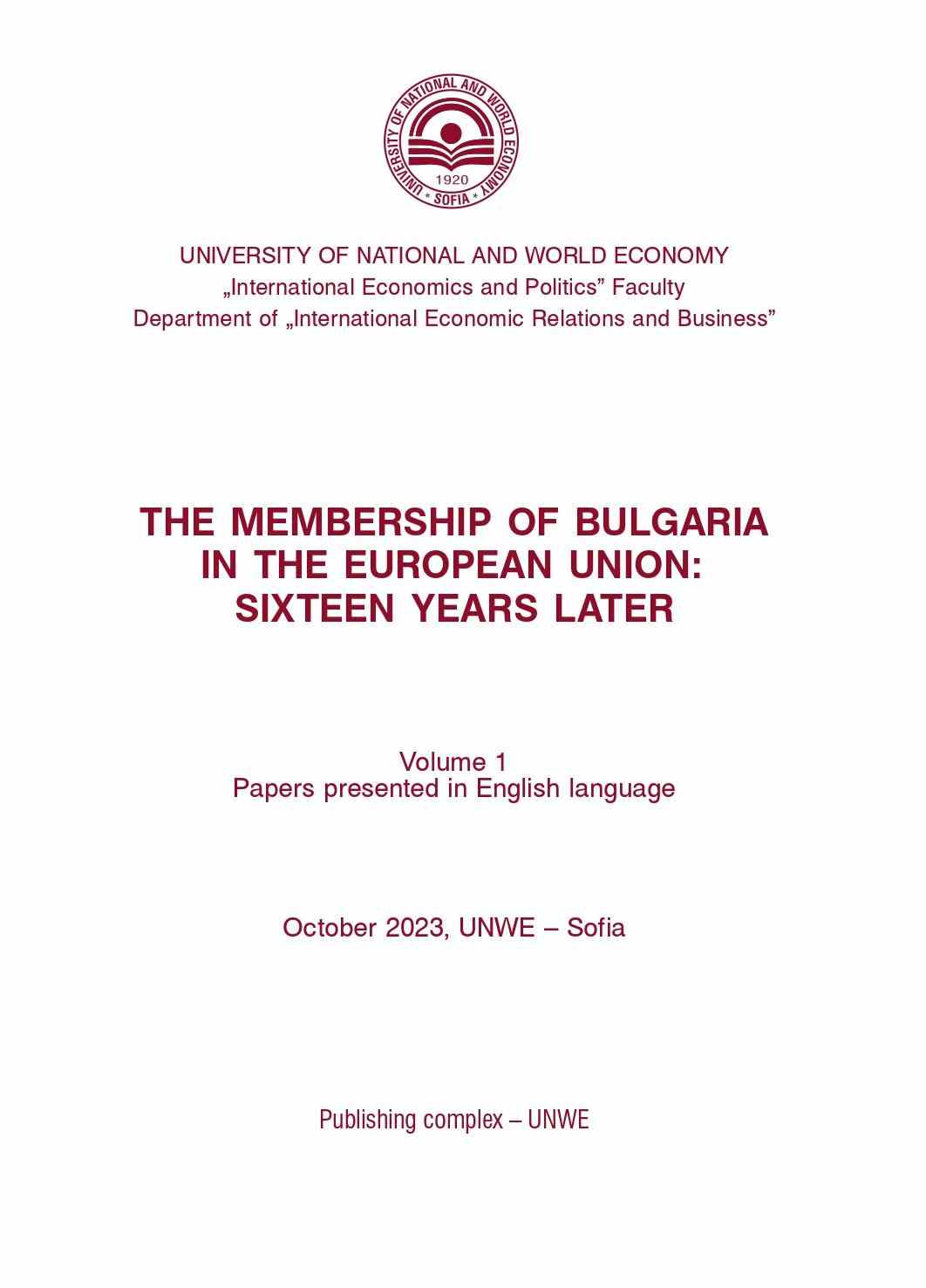Author(s): Ewa M. Boryczka,Maria Dankowska / Language(s): Polish
Publication Year: 0
City – a socio-economic and spatial system with its own unique and characteristic structure. The city’s structure varies in time and space. It is defined by the built environment and spatial structure, but also by the users of the city, including the local community, its activities, including economic, cultural, political and many other factors. Among the elements of a city’s structure in the modern world, city identity is a major focus in renewal processes. City identity is understood in a multi-faceted, multifaceted way. This concept is linked to the tradition and permanence of values, landscapes, buildings, cultures and social behaviour, historically transposed but also experienced in the present and, importantly, linked to a specific and defined space, shaped by successive generations. In the city’s identity lies a great strength and potential to strengthen and stimulate the city’s development processes. Identity, linked to tangible and intangible heritage, becomes thefoundation of development and a factor that strengthens the city’s economic base. Without a strong sense of identity, it is difficult to build strong economic mechanisms. Lodz, a city that has been constantly reinventing itself throughout its history, and in particular from the time when industrial settlements were established here in the first half of the 19th century until the present day, is a special example of a place where the search for and shaping of an ever-new identity is closely linked to ongoing revitalisation processes that affect the social and economic development of degraded areas of the city. It is a specific and very dynamic symbiosis and interaction between economic, political, urban, social, cultural processes that influence the perception, image and identity of Lodz. The aim of this chapter is to identify the elements of identity of the city of Lodz and their role in development processes, including urban regeneration processes.
More...











